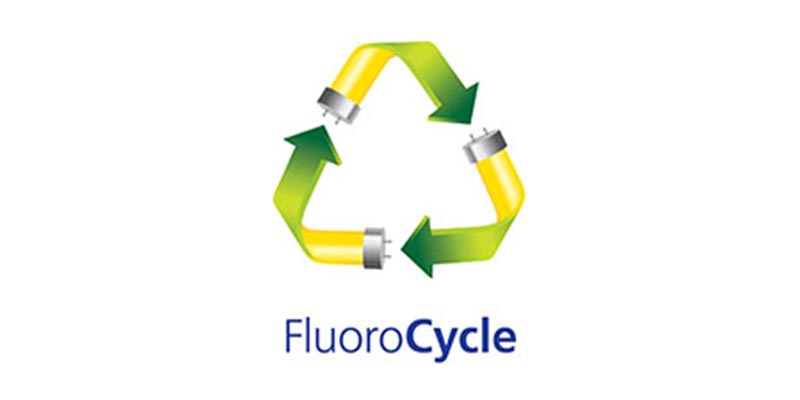As Australia replaces millions of outdated fluorescent lights with LED tubes and LED panels, the amount of mercury going into landfill is cause for concern. What you do with your old lights could reduce landfill and improve your PR, or get you into hot water. But is it better to re-use or recycle?
Reusing fluorescents for a good cause
In a recent Austep Lighting project, we partnered with a solar company to upgrade a Queensland school to energy efficient solar panels and LED lighting. As part of this initiative, we found a cyclone affected village in Vanuatu and donated over 1,000 working fluorescent tubes to them for use in a school.
If you update your lights to LED tubes or LED panels and your old fluorescent lights are still in good condition, consider donating them to someone who could use them. Everyone loves a bargain, and you may be able to find a construction company, a business owner, or a non-profit who works with developing countries who can re-use them.
Re-using is often better than recycling, but it’s not always black and white. You need to ensure the lights are in good condition, as dumping waste on someone else is not ethical, especially if the fluorescent tubes pose a safety risk.
The other thing to consider is whether they will be recycled – if you send them straight to recycling, you know they won’t end up in landfill. But if you donate them to someone, can you be sure they won’t end up in the bin?
Reducing landfill by recycling
Fluorescent lighting contains poisonous mercury and should not be sent to landfill.
Due to their toxicity, Australian standards mandate that compact fluorescents (CFLs) contain no more than 5mg of mercury, and fluorescent tubes no more than 15mg. But each light adds to the amount of toxic methyl mercury that spreads from landfill into the wider environment through air, water, and soil.
It’s estimated that currently 95% of mercury-containing lamps are sent to landfill in Australia. Furthermore, commercial and public lighting accounts for approximately 90 per cent of all lighting waste. When you consider that Australians dump between 57 and 71 million lights a year, that’s a lot of mercury!
Recycling our 71 million fluorescent light bulbs would not only stop mercury from bleeding into our environment, but it would also help us recover 13,000 tonnes of glass, 500 tonnes of aluminium, 400 tonnes of other metals and 300 tonnes of phosphor powder.
How to recycle fluorescent lighting
In some cases, re-using is better than recycling. However, if your fluorescent lights have reached the end of their life and stopped working, they need to be disposed of. Recycling fluorescent lighting diverts mercury from entering the environment, allowing it be be reused along with the glass and aluminium while reducing landfill.
The government initiative FluoroCycle promotes the increase of Australia’s mercury-containing lamps recycling. There are a few different ways you can recycle your old fluorescents:
- Austep Lighting can arrange for your old fluorescent lights to be recycled, but not all lighting companies offer this service. We recycle most of our fluorescent tubes through CMA Ecocycle.
- If you only have a small quantity, most council dumps have a special bin for fluorescent recycling. Some lighting stores, and other retail outlets such as Bunnings, will also take fluorescent lights for recycling.
- To recycle commercial quantities, private recycling companies will pick up and recycle large numbers of fluorescent lamps for a cost. Some of them will even send you pre-paid postage boxes to put the lamps in. The cost is usually $1 – $3 per tube.
What you can do
- If you want to reduce your power bills by updating to LED tubes or LED panels, get in touch with a company such as Austep Lighting.
- If you’re not yet ready for LED, for example if you only run your lights for a few hours per day, contact an LED lighting company and see if they can give you free fluorescent tubes.
- If you’ve already switched to LED and have old fluorescent tubes sitting around that are still in good condition, consider giving them away, or recycle them.

